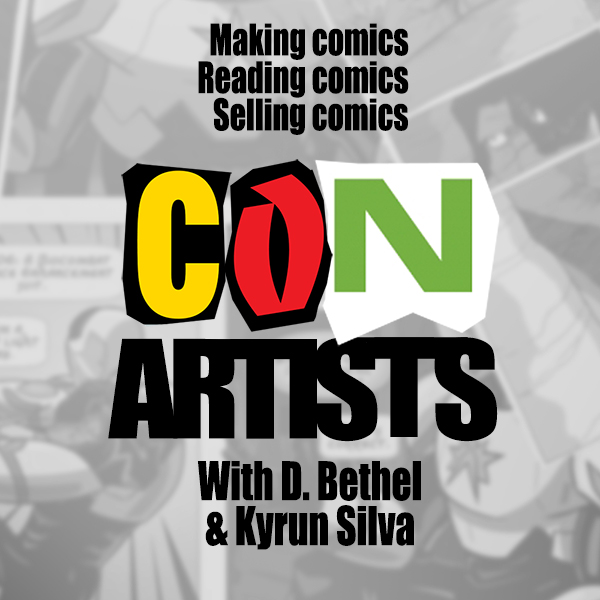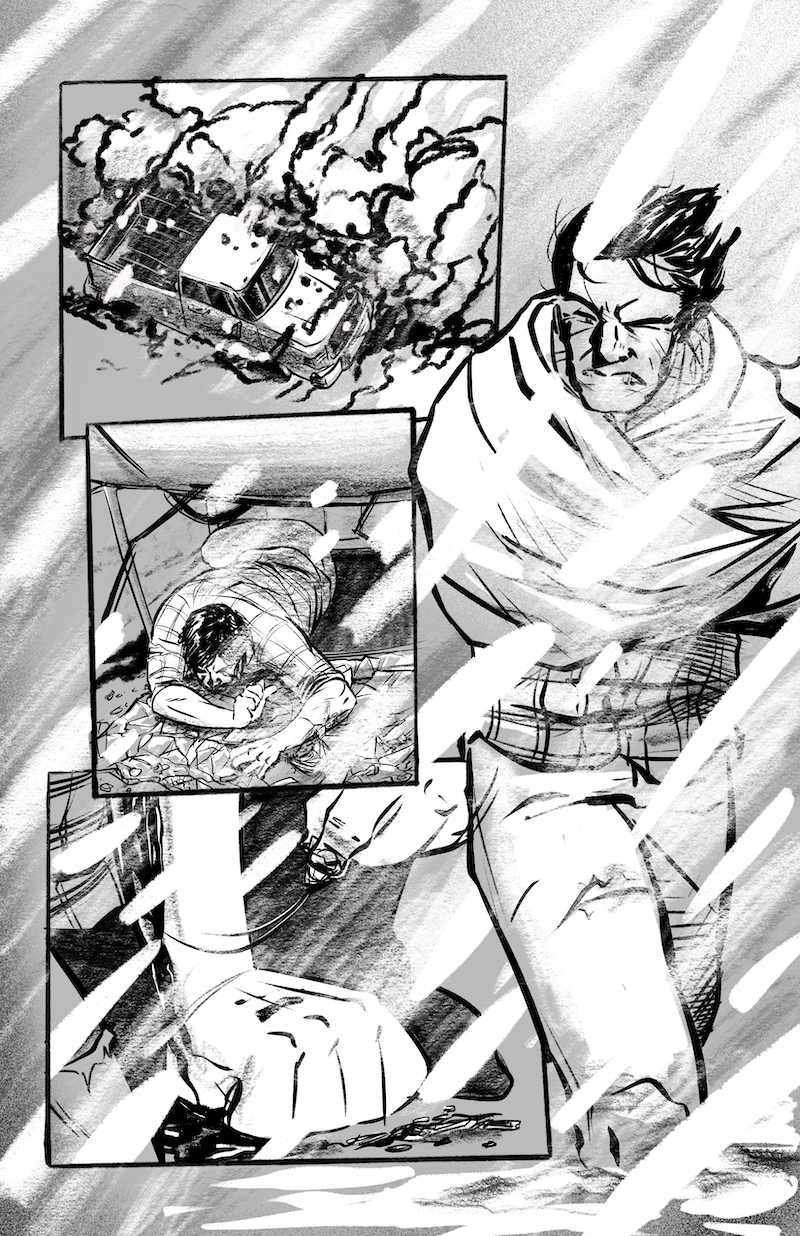2020 has been a hell of a year. Wherever you are, I hope you stay safe and stay healthy and find happiness wherever you can as we head into 2021.
This is the first time in about twelve years that I’ve drawn an entire page digitally, from start to finish. I think, in the long run, it was faster than how I normally draw comics, but I think for this mini-comic––a story called “Call Me Home” (a piece of concept art was a previous Sketch Friday)––I’m also being less precious because it’s a black & white comic that takes place in the snow and is much more of a tone piece than the plot & continuity-driven story found in Long John. Overall, it’s been a fun muscle to stretch and may be a tool set I use for future comics, though Long John will remain pen and ink on paper through to the end.
Also, it’s really cool that Procreate records a playback of every file you draw, allowing me to continue producing process videos even though it’s all digital:
Podcast: Play in new window | Download

As the pandemic rages on, more and more independent artists are left figuring out how to manage their careers in the absence of in-person events, specifically exhibiting at conventions.
The pandemic is also a time for reflection. As the big conventions struggle to give fans some semblance of the con experience through digital-only replacements, independent comickers D. Bethel (of the webcomic, Long John) and Kyrun Silva (of Taurus Comics) come together to discuss the difference in experiences, expectations, and realities of what going to a convention means for fans versus what it means to creators and how the chasm between the two experiences may be larger than they thought.
RELEVANT LINKS:
- Above the Clouds – The webcomic by Melissa Pagluica
- “COMIC-CON! The Con Game!” Robservations, 06 November 2020: The episode of Rob Liefeld’s podcast, Robservations, that jumpstarted this converstation.
- Epic Chaos! – The webcomic by Melissa McCommon.
RELEVANT INFORMATION:
- Find Kyrun’s work through Taurus Comics at:
- D. Bethel’s webcomic, Long John.
OTHER EPISODES:
- Con Artists #01 – StocktonCon, pt. 1 : The drive home from the first day of the show. Kyrun and D. discuss making sales, confidence, and the comics they grew up reading and enjoying.
- Con Artists #02 – StocktonCon, pt. 2 : The drive to StocktonCon to start Day 2 of the show. They discuss the importance of continuity, the level of fan engagement and ownership over continuity, and Dan’s strange reading habits growing up.
- Con Artists #03 – StocktonCon, pt. 3 : Where Kyrun and D. talk about the breadth of indie comics, writing comics, and dive headfirst into personal nostalgia.
- Con Artists #04 – StocktonCon Winter 2019: Where D. Bethel and Kyrun try out StocktonCon’s inaugural Winter show…with mixed results.
- Con Artists #05 – No Con 2020: Where Kyrun and D. Bethel address being an independent comic creator in a world without conventions.


